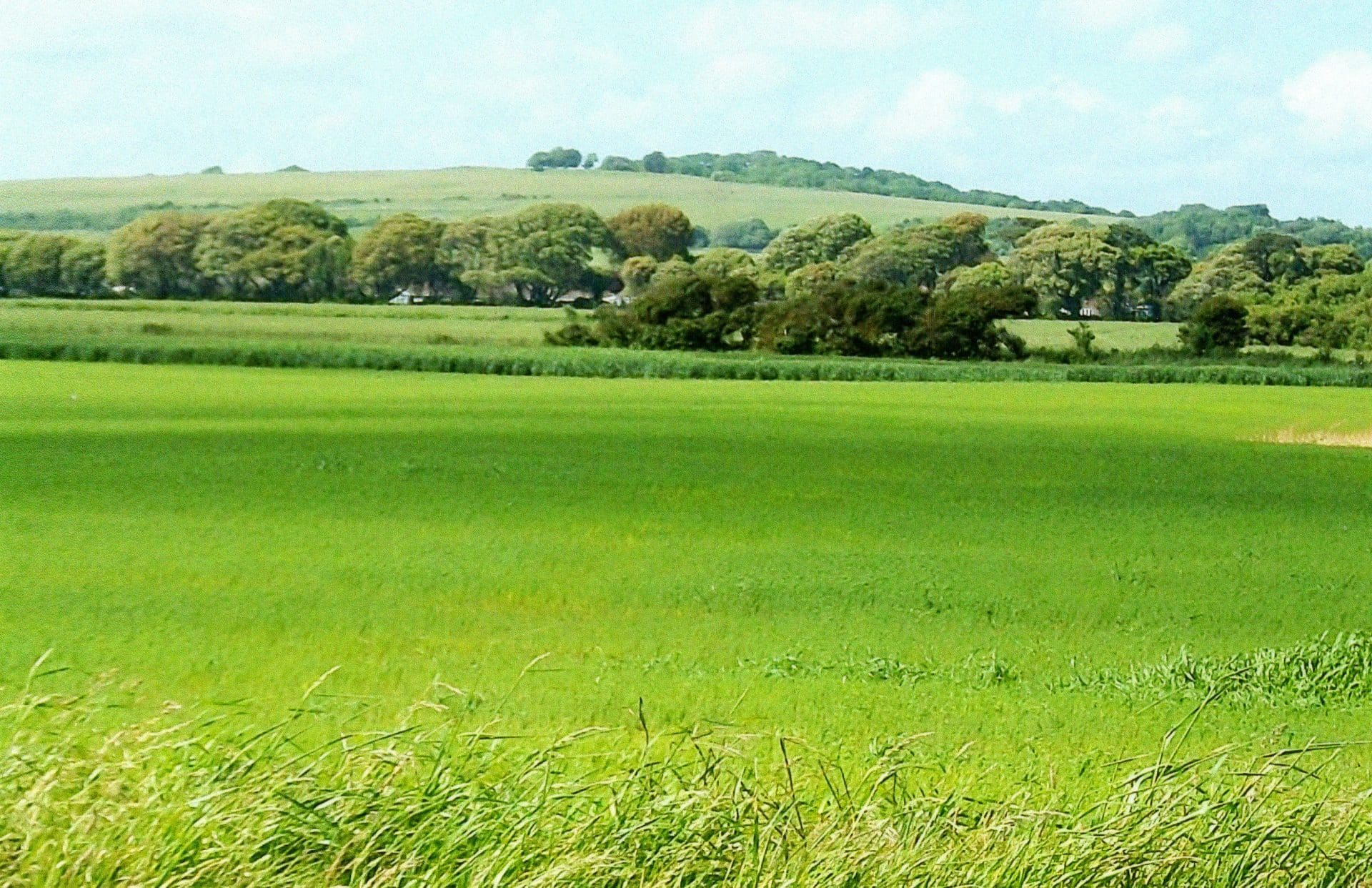6th August 2024
Why We Need to Refocus on Green Belt Purposes rather than "Grey Belt".
Rob Crolla
BA (Hons); DipTP; MTP: MRTPI
Development Director


Following the incoming Government’s reiteration of its laudable commitment to utilising ‘Grey Belt’ land to help meet housing need, many in the Planning Sector will be eagerly awaiting to see how this approach will be articulated in policy. In her first major speech as Chancellor, Rachel Reeves also committed to reforming and strengthening the presumption in favour of sustainable development.
The Government is committed to delivering 1.5 million homes over the next five years, equating to 300,000 homes per year, with the new "stock" driven targets proposed in the consultation draft National Planning Policy Framework (NPPF) stretching that to at least 370,000. Recently published research by Knight Frank and LandTech respectively indicates that between 100,000 to 300,000 homes could potentially be delivered on sites that might fall within the definition of “Grey Belt”.
So, in a best-case scenario, “Grey Belt” land could deliver less than a fifth of the housing requirement over the next five years, equivalent to 60,000 homes per year. But this assumes all eligible land is promoted, that planning permission is subsequently forthcoming and that the housing is promptly deliverable. In relation to the final point, recent research carried out by TerraQuest suggests that just 1.5 million of the 2.7 million homes granted planning permission since 2015 have been built out.
Whatever the definition of “Grey Belt” is, (with an early iteration now being provided in the glossary to the consultation draft NPPF, it is crucial that it goes beyond that already contained within the NPPF which already provides explicit support for development of existing previously developed land within Green Belts.
However, what all this analysis and focus fails to address is that fundamentally land is included within Green Belt for the purpose of achieving any of the five purposes as set out at Paragraph 143 of the NPPF, these being:
- to check the unrestricted sprawl of large built-up areas;
- to prevent neighbouring towns merging into one another;
- to assist in safeguarding the countryside from encroachment;
- to preserve the setting and special character of historic towns; and
- to assist in urban regeneration, by encouraging the recycling of derelict and other urban land.
Contrary to popular belief, and the rhetoric of the major political parties, Green Belt policy is not a landscape designation; it is not an environmental designation; it is not an open space designation.
Land within the Green Belt may perform some or all of these functions but the policy itself is not intended or designed to protect those interests. Other policies and designations are there for that. This is a mis-conception which the majority of the public continue to act under when resisting development – and which continues to be reinforced by politicians in supporting constituents’ opposition.
The only way to deliver the amount of housing required nationally, based on the standard methodology, in LPA’s choked by Green Belt is if a fundamental root and branch review of Green Belt policy is undertaken – including a review of the NPPF Para 143 purposes. This review cannot be allowed to be railroaded by local politics as it goes to the very heart of strategic and long-term planning for housing in Green Belt locations. Any review should be undertaken at a national level, be well funded, led by experienced and respected practitioners with the central aim of reform.
A proposal by academics Paul Cheshire and Boyana Buyuklieva in a report for the Centre for Cities found that up to 2.1 million homes could be built within 45 minutes by train of major cities, if Green Belt and farmland within 10 minutes’ walk of 1,035 railway stations was freed up for development. Clearly, not all of this land would be suitable for development and there would are no doubt good reasons why much of it should remain undeveloped – but this approach offers a more sustainable solution to a “Grey Belt” focus where sites may be inherently unsustainable in location terms.
A more focused, albeit politically less palatable, approach to Green Belt policy must be taken to deliver more homes more sustainably than the proposed approach of prioritising “Grey Belt” land. This approach ultimately just tinkers around the edges and will only replicate the current lack of progress in releasing land via locally focussed Green Belt reviews. Politically it is the lesser of two evils. We, and our politicians, need to be bolder!



